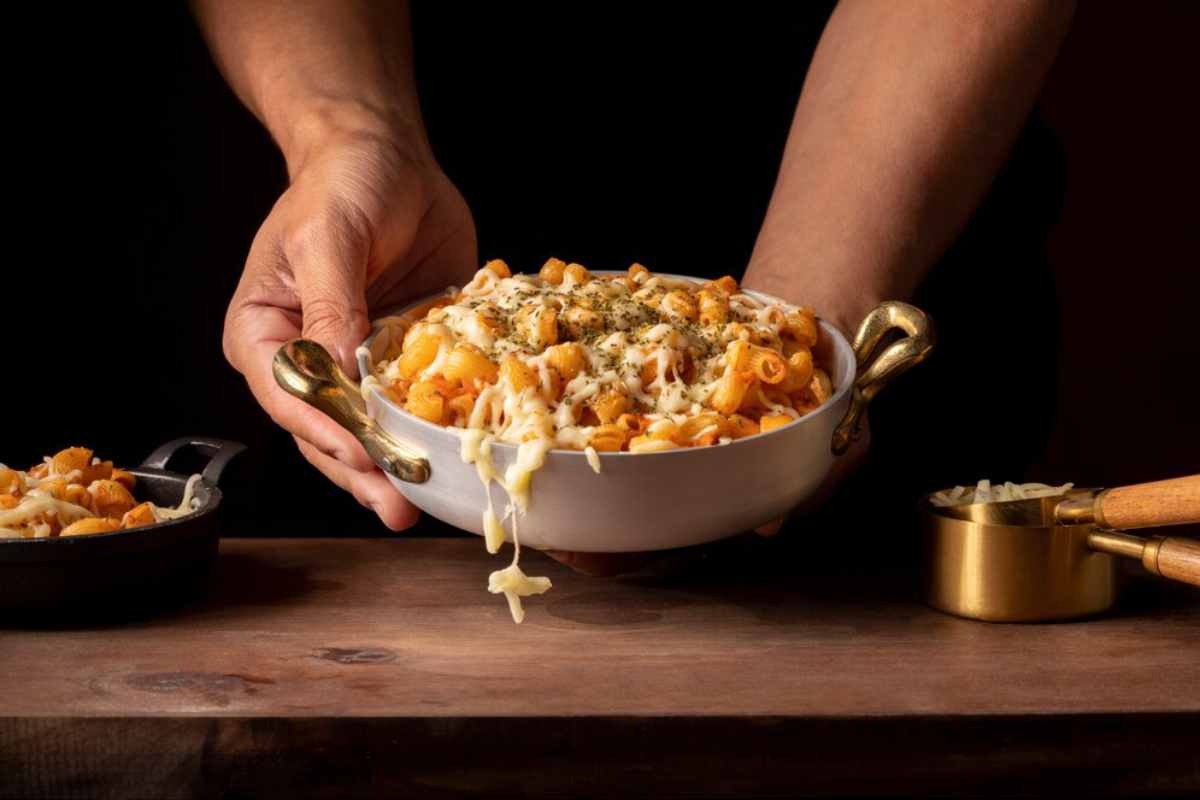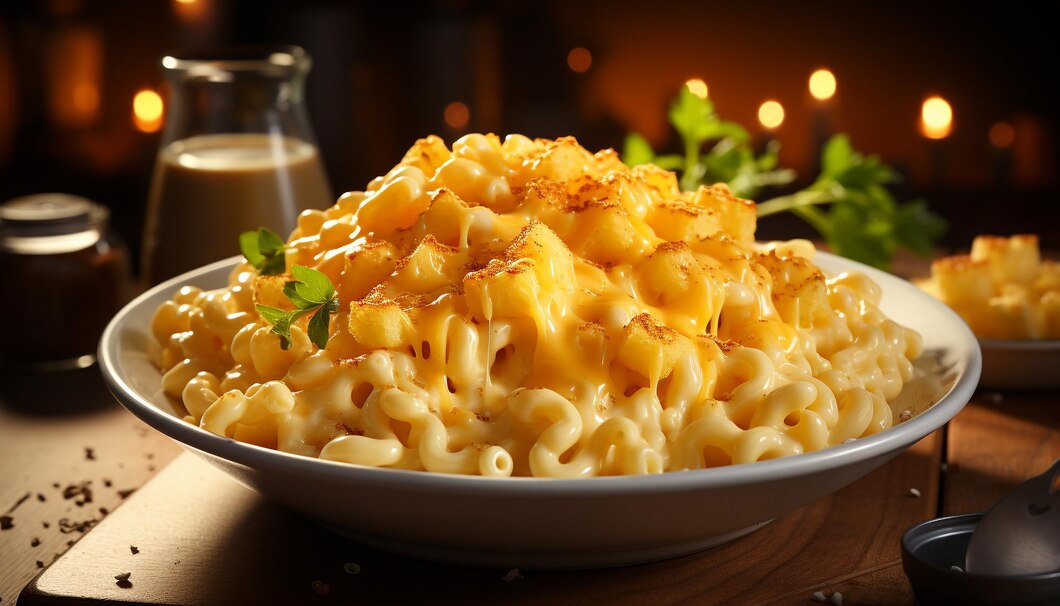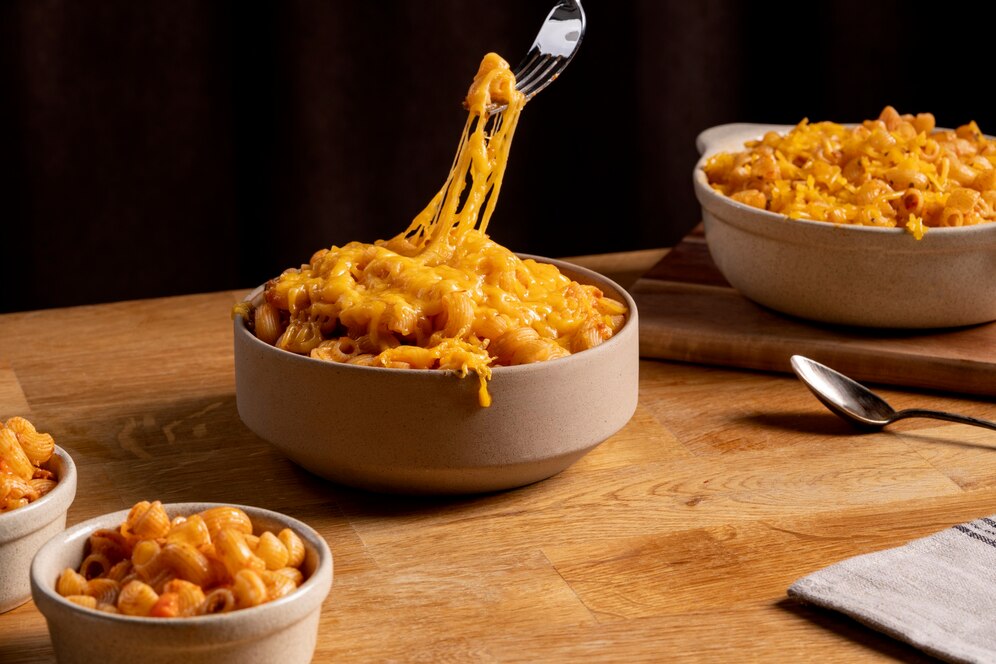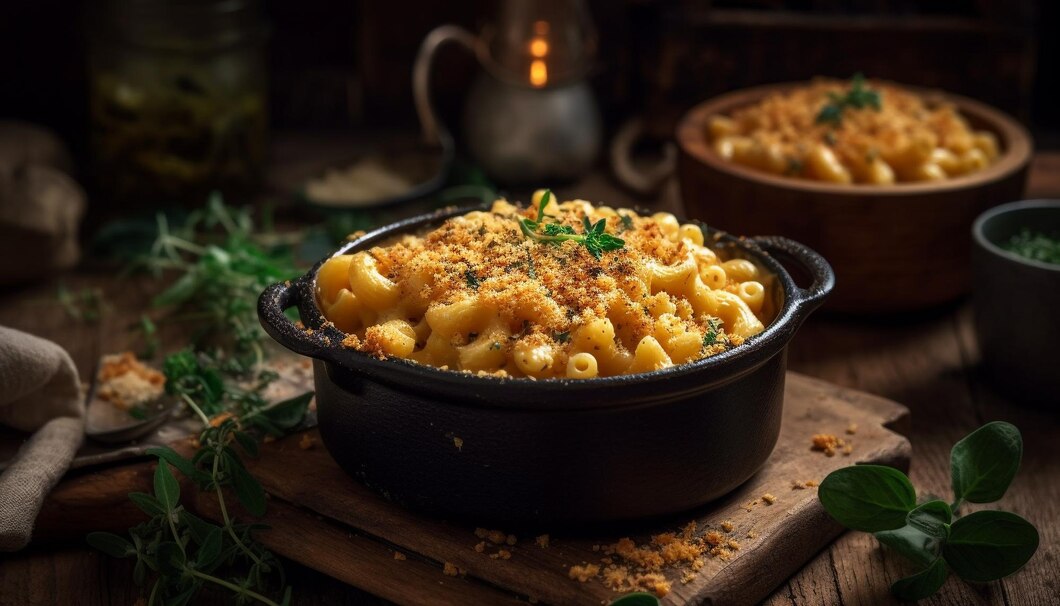The Ultimate Mac and Cheese Recipe
Few dishes are more comforting or indulgent than mac and cheese. A timeless dish loved by kids and adults alike, my mac and cheese always hits you with rich, creamy, cheesy goodness . Be it preparing it as a comforting meal for a chilly day or as a side dish for a family get-together, a perfect mac n’

Few dishes are more comforting or indulgent than mac and cheese. A timeless dish loved by kids and adults alike, my mac and cheese always hits you with rich, creamy, cheesy goodness . Be it preparing it as a comforting meal for a chilly day or as a side dish for a family get-together, a perfect mac n’ cheese can take any dining experience to the next level.
In this guide, we’ll discuss everything you need to know about creating delicious mac and cheese — from choosing quality ingredients to preparing the best cheese sauce. So if you’ve ever wanted to make a comfort food dish that would stand up to anything a restaurant serves, read on. We’ll take you through classic cheesy pasta techniques and pro tips to ensure that your mac and cheese is creamy, flavourful and satisfying in all the ways that count.
Why Mac and Cheese is the Ultimate Comfort Food

Mac and cheese holds a special place in the hearts of food lovers because it is:
- Rich and Creamy: The combination of melted cheese and smooth sauce creates a mouthwatering texture.
- Customisable: You can tweak the recipe with different cheeses, add-ins like bacon, or toppings such as breadcrumbs.
- Easy to Make: Even beginners can create a delicious mac and cheese dish with a few simple steps.
- Perfect for Any Occasion: Whether it’s a casual dinner or a festive gathering, mac and cheese always satisfies.
The History of Mac and Cheese
Mac and cheese is of European descent, tracing its origins back to 14th-century Italy, when early cookbooks contained recipes combining pasta and cheese. The dish became popular in the United States in the 18th century when Thomas Jefferson brought baked macaroni and cheese to America following a similar dish he had encountered in France. Today mac and cheese is one of the great comfort foods, consumed in countless forms around the world.
Ingredients for the Ultimate Mac and Cheese
To create the best mac and cheese, quality ingredients are key. Here’s what you’ll need:
Pasta:
- 450g elbow macaroni (or any short pasta like penne, fusilli, or shells)
- 1 tbsp salt (for boiling water)
Cheese Sauce:
- 50g unsalted butter
- 50g all-purpose flour
- 500ml whole milk
- 250ml double cream
- 1 tsp Dijon mustard
- ½ tsp garlic powder
- ½ tsp onion powder
- Salt and black pepper to taste
Cheese Selection:
- 200g sharp cheddar (grated)
- 100g Gruyère (for creaminess)
- 50g Parmesan (for a sharp finish)
Optional Toppings:
- 100g panko breadcrumbs
- 25g melted butter
- 1 tsp smoked paprika
Step-by-Step Guide to Making the Best Mac and Cheese
1. Cook the Pasta
Start by boiling a large pot of water with 1 tbsp of salt. Add the pasta and cook according to the package instructions until just al dente. Drain and set aside.
2. Prepare the Cheese Sauce
In a large saucepan, melt butter over medium heat. Once melted, whisk in the flour and cook for 1-2 minutes until slightly golden—this creates a roux, which thickens the sauce.
Slowly pour in milk and cream, whisking constantly to prevent lumps. Continue cooking until the mixture thickens.
3. Add Flavour and Cheese
Stir in Dijon mustard, garlic powder, onion powder, salt, and pepper. Reduce heat to low and gradually add the cheddar, Gruyère, and Parmesan, stirring until fully melted.
4. Combine Pasta and Sauce
Add the drained pasta to the cheese sauce and stir until evenly coated.
5. Make It Extra Crispy (Optional)
For a golden crust, transfer the mac and cheese to a baking dish. Mix breadcrumbs, melted butter, and smoked paprika in a bowl, then sprinkle over the top. Bake at 180°C (350°F) for 15 minutes until golden and crispy.
Expert Tips for the Perfect Mac and Cheese
- Use a mix of cheeses: A blend of sharp cheddar, Gruyère, and Parmesan adds depth of flavour.
- Avoid pre-shredded cheese: Freshly grated cheese melts more smoothly.
- Don’t overcook the pasta: Slightly undercooked pasta absorbs the sauce better.
- Use whole milk and cream: This creates the creamiest texture.
- Add a pinch of nutmeg: A subtle addition enhances the cheese sauce.
- Let the sauce rest for a few minutes before mixing with pasta: This thickens the sauce and improves texture.
Variations and Additions
Mac and cheese is versatile and can be adapted in many delicious ways:
1. Bacon Mac and Cheese
Stir in crispy bacon bits for a smoky, savoury twist.
2. Truffle Mac and Cheese
Add a few drops of truffle oil for an indulgent, gourmet experience.
3. Spicy Mac and Cheese
Mix in cayenne pepper, diced jalapeños, or hot sauce for extra heat.
4. Protein-Packed Mac and Cheese
Add shredded chicken, sautéed mushrooms, or ground beef for a heartier meal.
5. Lobster Mac and Cheese
For a luxurious twist, stir in cooked lobster meat before baking.
6. Vegan Mac and Cheese
Swap dairy milk for almond or oat milk, use nutritional yeast for a cheesy flavour, and replace butter with olive oil.
What to Serve with Mac and Cheese

Mac and cheese pairs well with a variety of side dishes. Here are some delicious options:
- Garlic Bread – The crunchy, buttery texture complements the creamy pasta.
- Grilled Chicken – Adds protein and balances out the richness of the dish.
- Steamed Vegetables – Broccoli, spinach, or asparagus provide a fresh contrast.
- Side Salad – A crisp salad with vinaigrette helps cut through the richness.
Common Mistakes to Avoid
- Overcooking the Pasta: Overcooked pasta can become mushy when mixed with sauce.
- Skipping the Roux: The butter-flour mixture is essential for a smooth, creamy sauce.
- Using Too Much Cheese: Excess cheese can make the dish greasy.
- Forgetting Seasoning: Cheese alone isn’t enough—salt, pepper, and spices enhance the flavour.
- Not Stirring the Sauce Enough: Continuous whisking prevents lumps and ensures a smooth consistency.
Conclusion: Make the ultimate Mac and Cheese

Mac and cheese are of European extraction, going back to 14th-century Italy, when early cookbooks featured recipes for dishes made with pasta and cheese. The dish became popular in the United States in the 18th century when Thomas Jefferson introduced baked macaroni and cheese after having tried a similar dish in France. Today mac and cheese is among the great comfort foods, devoured in myriad iterations across the globe.